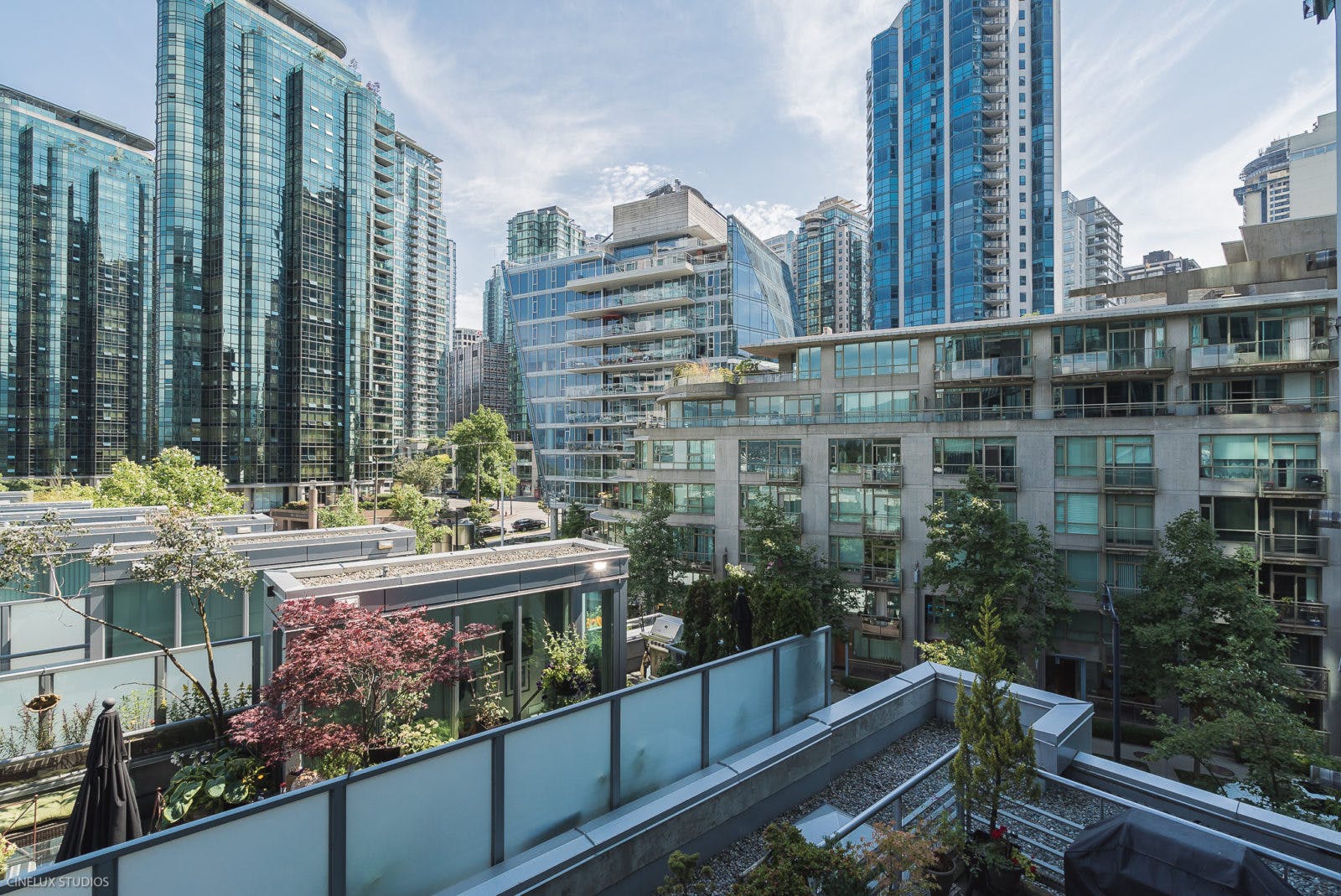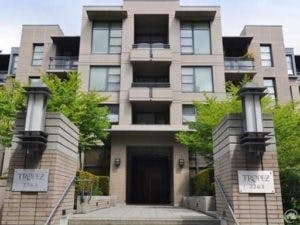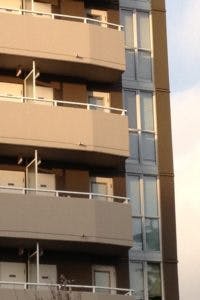Let’s face it – not all Realtors are made equal. Many Realtors will try to rush clients into a sale without having done their due diligence in examining a strata/condo unit.
Here at Chris Chiu Realty, we don’t want you to have any regrets. Here is our list of 9 things to look for when viewing and considering to write an offer on a condo unit.
1. Developer
One of the first things to look at is the developer of the building. Are they active in your city? Be sure to look up their past projects in your city and/or the rest of Canada to get a feel for their style, quality, and level of satisfaction from owners. Here is a list of generally well-regarded residential building developers in the Greater Vancouver area:
– Bosa
– Westbank
– Ledingham McAllister
– Warrington PCI
– Onni
– Concord Pacific
– Millennium Dev. Group
– Townline
– Mosaic
– Polygon
– Grosvenor
– Aquilini Development
– Rize
– Serracan
– Wall Group of Companies
– Kenstone Properties
– Chard Developments
– Marcon
2. Age – Wood Frame vs. Concrete Build
A condo purchase is an investment – and you want your investment to hold its value. As a rule of thumb, concrete buildings hold their value and quality longer than wood frame buildings. While there are many excellent wood frame developments, they tend to become less attractive for resale after they’ve hit the 15 year mark.
This in no way means not to buy into a wood frame building, but be aware of your investment timeline in conjunction with the building’s age.
3. Rain-Screening
Living in one of the rainiest cities in North America, rain-screening ensures the long-term maintenance of both wood-frame and concrete buildings. Rain-screens aren’t a visually obvious feature, as they are a system that runs through a building. If you see in the images below, these buildings have slits that run on the outside to let water pass through. The overhangs above the windows and doors are also part of the rainscreen system.
If you are thinking of buying into a building built in the 1980s or 1990s, this is definitely something to look out for. Many buildings built during this “leaky condo era” were built with stucco, which absorbs water. Water damage to these buildings can be a major expense to homeowners. Make sure to check with your Realtor if a building has been fully or partially rain screened.
4. Strata Disputes
The strata minutes and Form B document will notify you if the strata is actively involved in any legal disputes. This is important because the costs could trickle down to the owners or come from the strata’s contingency reserve fund.
5. Upcoming Levies
The strata minutes will also take note of any upcoming levies. In the case that there is an upcoming levy on the owners, it should always be written into the contract that the current owners are responsible for payment of any additional charges agreed to up until the completion date.
6. Proposed Maintenance Fee Increases
Ouch! Maintenance fees can really add up in your monthly expenses. The strata’s most recent Annual General Meeting should clue you in to any maintenance fee increases for the following year, which are an unavoidable expense.
7. Rental Restrictions
If you are buying a condo as an income-producing property, make sure the building is not yet at its capacity for rentals. Some stratas don’t have any restrictions, while others might be voting to amend the rules surrounding rentals. Keep an eye on this in the minutes and Form B.
8. Contingency Reserve Fund
A good strata always has a healthy contingency reserve fund. Now, ‘healthy’ is highly dependent on the size, age, and number of units in a building. You’ll want to ask your Realtor if the amount is appropriate when comparing it to the depreciation report and scheduled building maintenance costs over the next few years.
9. Depreciation Reports
Brand new buildings come with a 2-5-10 warranty – 2 years on labor and materials, 5 years on the building envelope (includes water and penetration), and 10 years on the structure. A first depreciation report should be around the 5 year mark, and will indicate future repairs needed. Pay close attention to the report especially after the warranty period has ended, as major costs will come out of the CRF and levied to the owners.





